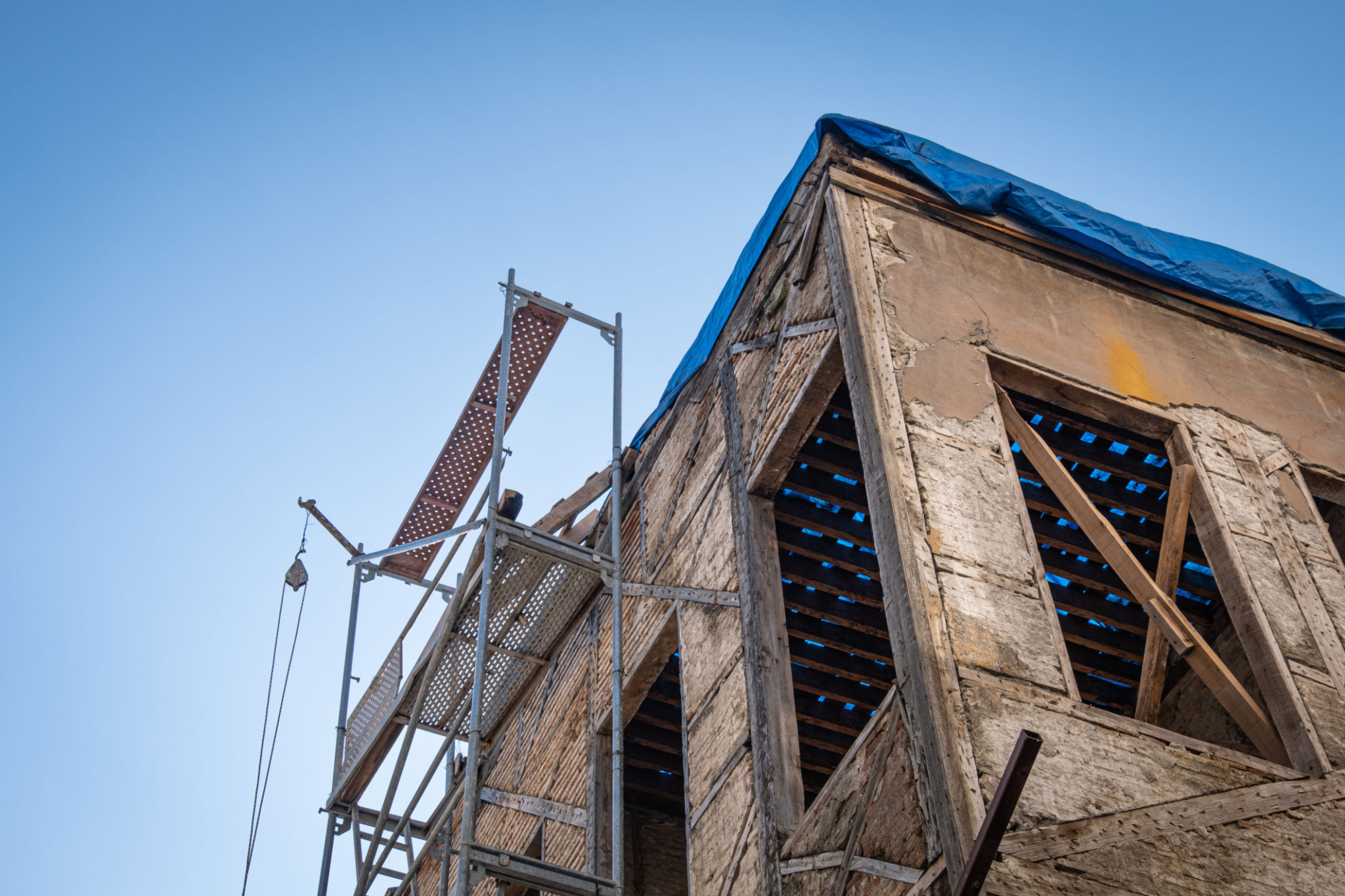A Guide to Building Restoration Services: Reviving Historical Structures
The Importance of Building Restoration
Building restoration is a crucial process that helps preserve the integrity and history of architectural treasures. Whether it's a century-old courthouse or a charming Victorian home, these structures carry significant cultural value. Restoration ensures that these buildings not only remain visually appealing but also structurally sound for future generations to enjoy.
Historical structures often tell a story of the past, reflecting the architectural styles and construction techniques of their time. Restoring these buildings allows us to maintain a tangible connection to our history, offering insight into the craftsmanship and materials used in bygone eras.

Understanding the Restoration Process
Restoration involves a detailed and methodical approach to repair and preserve historical structures. The process generally begins with a thorough assessment to determine the building's current condition. This assessment helps identify areas that require immediate attention and those that need preservation efforts to prevent further deterioration.
Once the assessment is complete, a restoration plan is developed. This plan outlines the steps necessary to restore the building while adhering to historical accuracy. It often includes repairing or replacing damaged materials with period-appropriate substitutes and employing traditional construction techniques whenever possible.
Key Steps in Building Restoration
- Assessment: Evaluating the structure's condition and identifying areas needing repair.
- Planning: Developing a restoration strategy that respects historical integrity.
- Execution: Implementing repairs using appropriate materials and techniques.
- Preservation: Ensuring ongoing maintenance to protect the building's longevity.

Challenges in Reviving Historical Structures
Restoring historical buildings comes with its own set of challenges. One of the primary difficulties is sourcing materials that match those used in the original construction. In many cases, these materials are no longer produced, requiring custom fabrication or searching for salvaged items.
Another significant challenge is balancing modern building codes with historical accuracy. While it's essential to ensure the safety and accessibility of restored structures, making these updates must be done without compromising the building's original character and design.
The Role of Technology in Restoration
Technology plays an increasingly vital role in building restoration. Advanced techniques such as 3D scanning and digital modeling allow restoration teams to analyze structures with precision, creating detailed plans that guide the restoration process. These technologies help ensure that every aspect of the building is accurately restored, from intricate carvings to structural elements.

Additionally, modern materials that mimic historical ones can be used when originals are unavailable, providing durability while maintaining aesthetic authenticity. This blend of old and new ensures that restored buildings can withstand the test of time.
The Future of Building Restoration
The field of building restoration is continually evolving, with new methods and materials enhancing the ability to preserve historical structures. As awareness of cultural heritage grows, so does the demand for skilled restoration professionals who can tackle complex projects with sensitivity and expertise.
Ultimately, building restoration serves as a bridge between the past and present, allowing us to cherish and learn from our architectural heritage. By investing in restoration services, we ensure that these magnificent structures continue to inspire and educate future generations.
